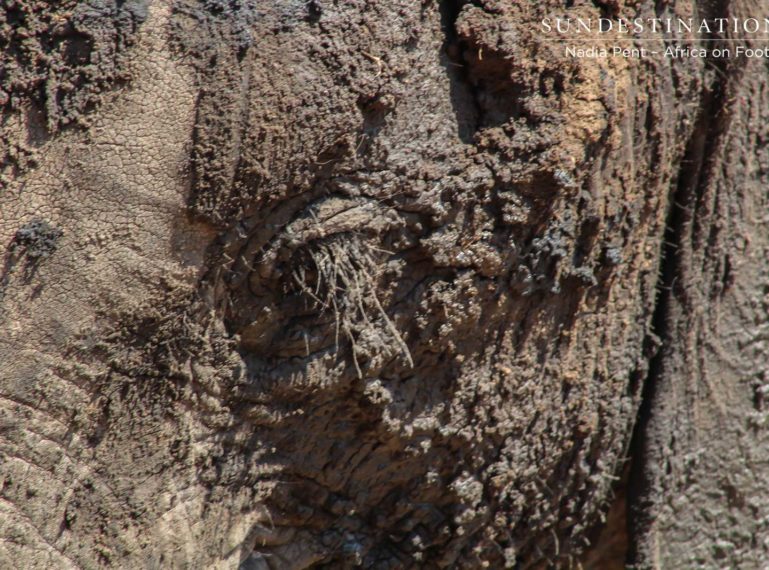
Today is World Ozone Day, a day intended to spread awareness about the depletion of the Ozone layer and how we can work together to preserve it. September 16 was designated by the United Nations General Assembly as the International Day for the Preservation of the Ozone Layer. Whether it be in a personal or commercial capacity, every effort made towards becoming “green” helps save our planet. Recycling, harnessing the sun’s energy for solar power or reducing the use of CFCs that directly impact the Ozone layer all have their place for the greater good of Mother earth.
Today’s week in pictures we’re going to celebrate the raw wild of the Kruger. Here, our wildlife roams free on pristine landscapes, taking in breaths of pure clean air and thriving in a preserved environment unmarred by human interference. Lodges respect their environment and reduce their impact on the surrounds wherever possible.
The sunsets, smell of the bushveld, crystal clear blue skies and cascading unfiltered night skies are testament to the naturalness of the area.
Ezulwini Game Lodges in the Balule Nature Reserve
Things are certainly heating up with the lion prides in the Balule Nature Reserve. A number of the younger sub-adult males are “coming of age” which means there’ll plenty of play for power in the near future. At the realm of the web of lion confusion and shifting dynamics are the four Mohlabetsi males. Ruling over the Mohlabetsi Pride, the Impalabos and the River Pride, these boys always make a statement in their kingdom. Just recently, one of the burgeoning youngsters from the River Pride has been spotted together with another female from the River Pride.
Apart from the interesting observations regarding Ezulwini Game Lodges’ lions, there have also been regular leopard sightings. On Wednesday an unknown female was hunting a duiker and the Van Wijk’s leopardess has been spotted patrolling her turf. If the big cat sightings weren’t enough, this week the Balule rangers rewarded us with rather rare hippo and crocodile sightings.
Umkumbe Safari Lodge in the Sabi Sand
This week, two leopards were spotted in one night! The Bicycle Crossing male was seen within the first twenty minutes of the evening game drive with Umkumbe, utilising his favourite pathway that winds its way across the Sand River. Later on that evening, the graceful Kigelia was seen quite close to Bicycle’s turf.
In terms of carnivores, the Charleston male lions were spotted. The “one with the tooth” is still fighting strong and has adapted his way of life to suit his small deformity. The wild dog sightings are dwindling somewhat, but that’s because the pups are old enough to start a nomadic lifestyle that is typical to African wild dogs. They’re normally only sedentary during the denning period which is May – August.
Interestingly enough, due to the arid bushveld at the moment, the plains game seem to be flocking to the lawns of the lodge for succulent grasses. While guests have been sitting on the deck overlooking the Sand River watching elephants and buffalo cross the banks; the nyala and bushbuck have been relaxing on the lawns behind them. The lodge has been literally cocooned by wildlife!
There also seem to be plenty of aquatic creatures at the moment in the Sabi Sand. Hippos have been spotted quite regularly guarding their territory. Rangers have also spotted hippos at night, which is when they emerge from the waters to forage.
Africa on Foot and nThambo Tree Camp in the Klaserie Private Nature Reserve
There’s been plenty of activity at Africa on Foot and nThambo Tree Camp, with both wildlife and lodge lifestyle. The elephant herds have regularly been enjoying drinking from both camp’s swimming pools, which has become a local watering hole for these pachyderms. The Klaserie is very dry at the moment, so water is scarce. Elephants will only drink pristine, clear and healthy water – which clearly the pools provides! In sticking with the local drinking hole theme, lodge managers from nThambo Tree Camp and Africa on Foot decided to host a wine pairing evening under African skies. A very pleasant surprise for guests.
What about the big cats? White Rock leopardess also spotted lately, offering us even more leopard excellence, and a baboon on the lookout also provided us with some great photo opportunities. Ross Dam’s two 9 month old cubs often appear in the same area, time and time again. Hopefully they’ll stay in this area in the future; but leopards are notoriously elusive so we can’t actually tell!
Despite the clear lack of water and the ever-changing landscapes, the one thing that remains constant is the presence of lions. The Trilogy haven’t been seen in ages and that’s because the new boys, the Mapoza males, have a heavy presence on old Trilogy turf. They’re often seen together with the Ross Pride Breakaway lionesses.
The rough, tough, ruthless and sneaky lion pride called the Hercules have made themselves more visible over recent weeks. But they never hang around long enough for any conflict between the Mapoza’s and their males. Yet again, this week the Mapoza’s and the Hercules Pride were seen.
But that’s not all, there’s plenty of colour at the moment. In between the elephant and big cats sightings, rangers almost always stumble across buffalo herds bathing, birds twittering, dwarf mongooses darting between termite mounds, plains game littering the reserve and birds of prey displaying their beauty in the skies that watch over the Klaserie.
Happy World Ozone Day everyone, come to the bushveld to get back in touch with a place that’s unmarred by over commercialism, toxins and civilisation.

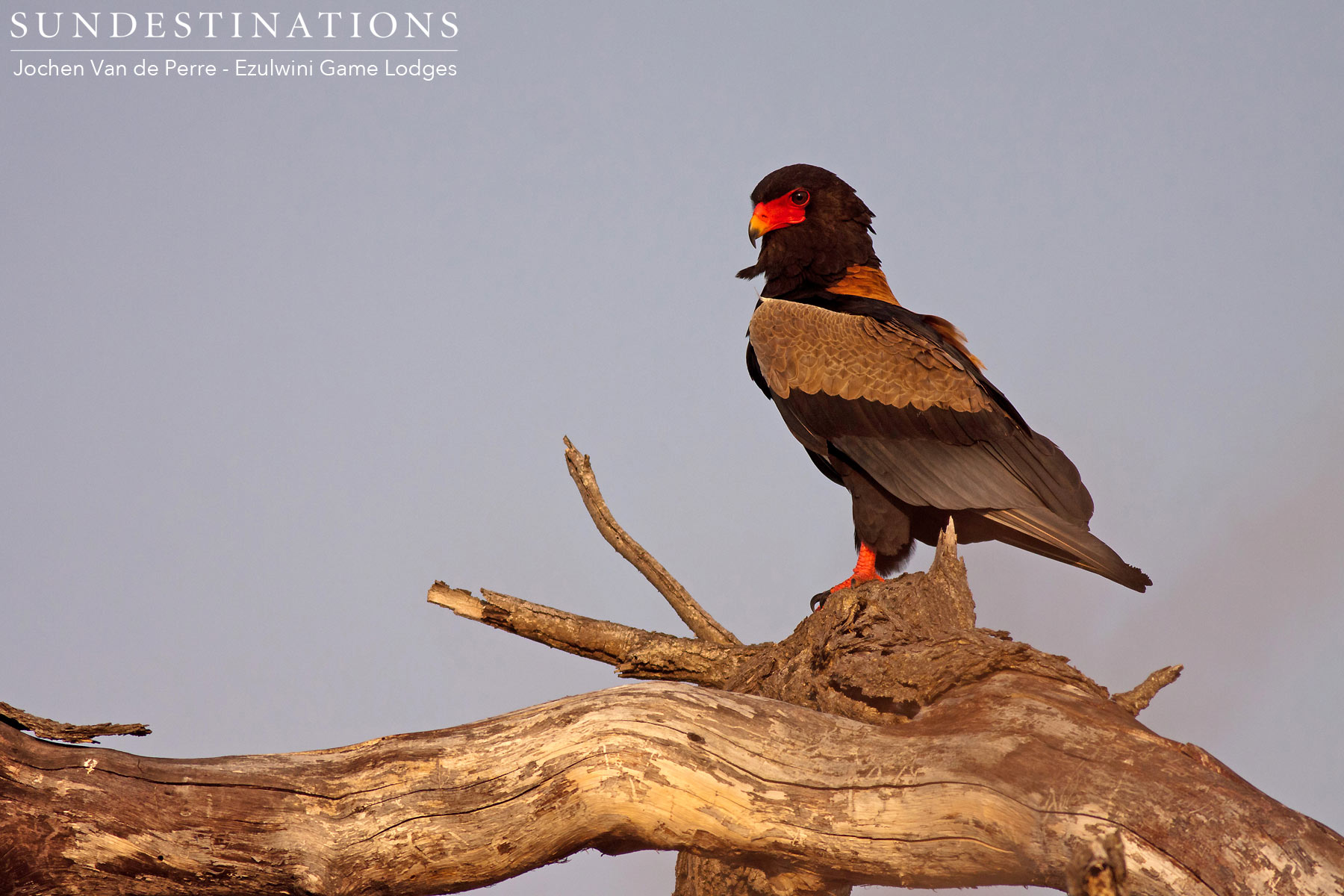
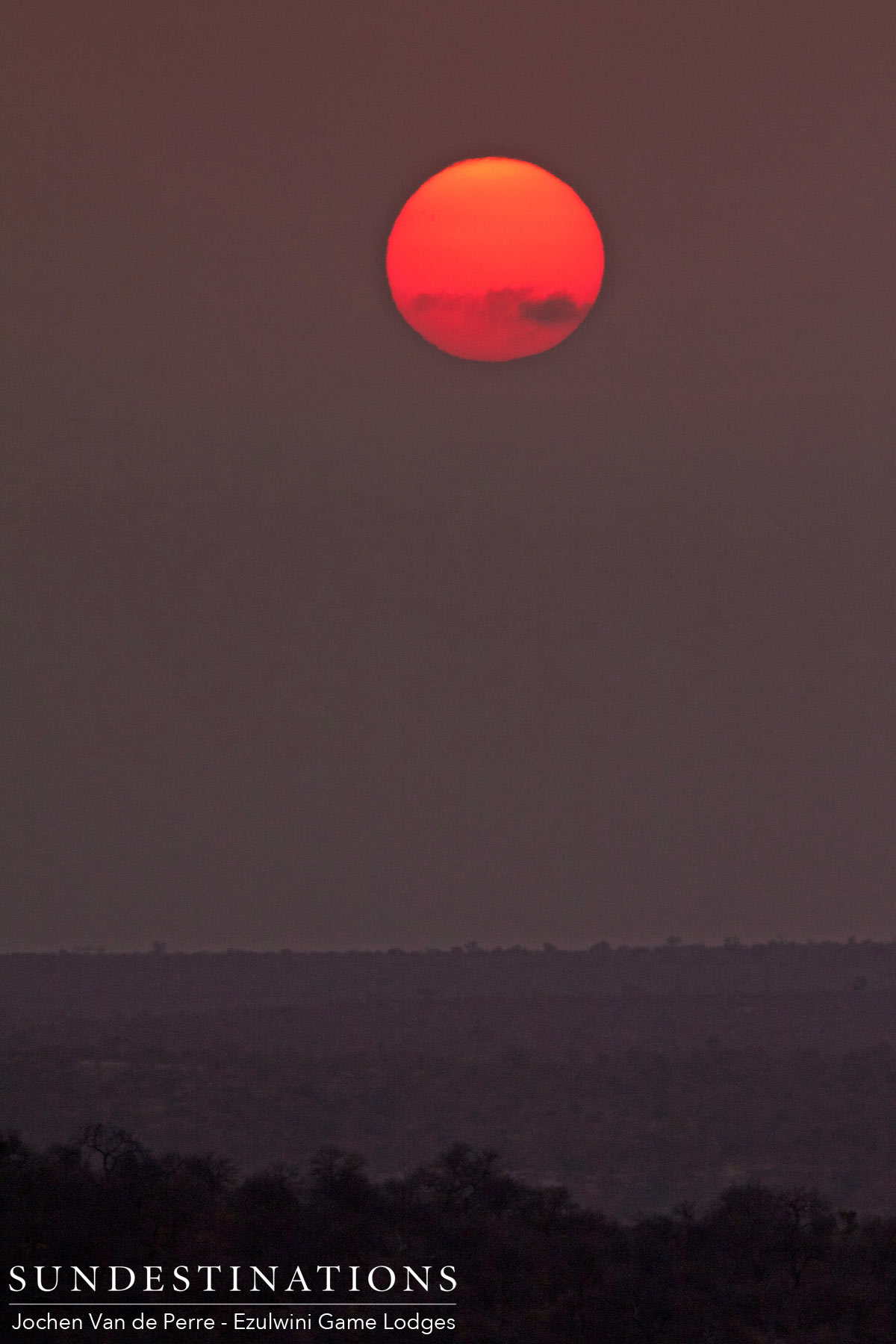
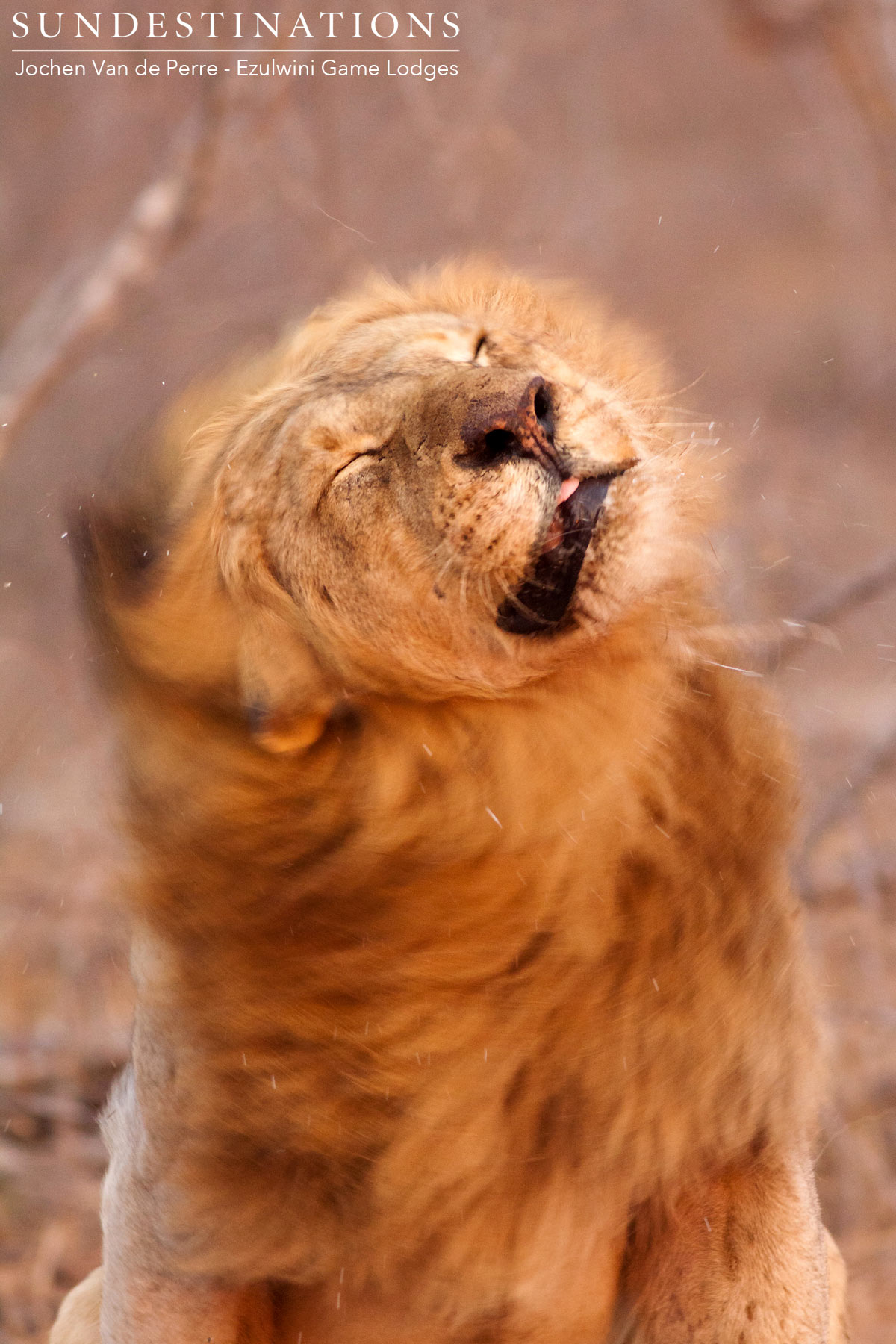
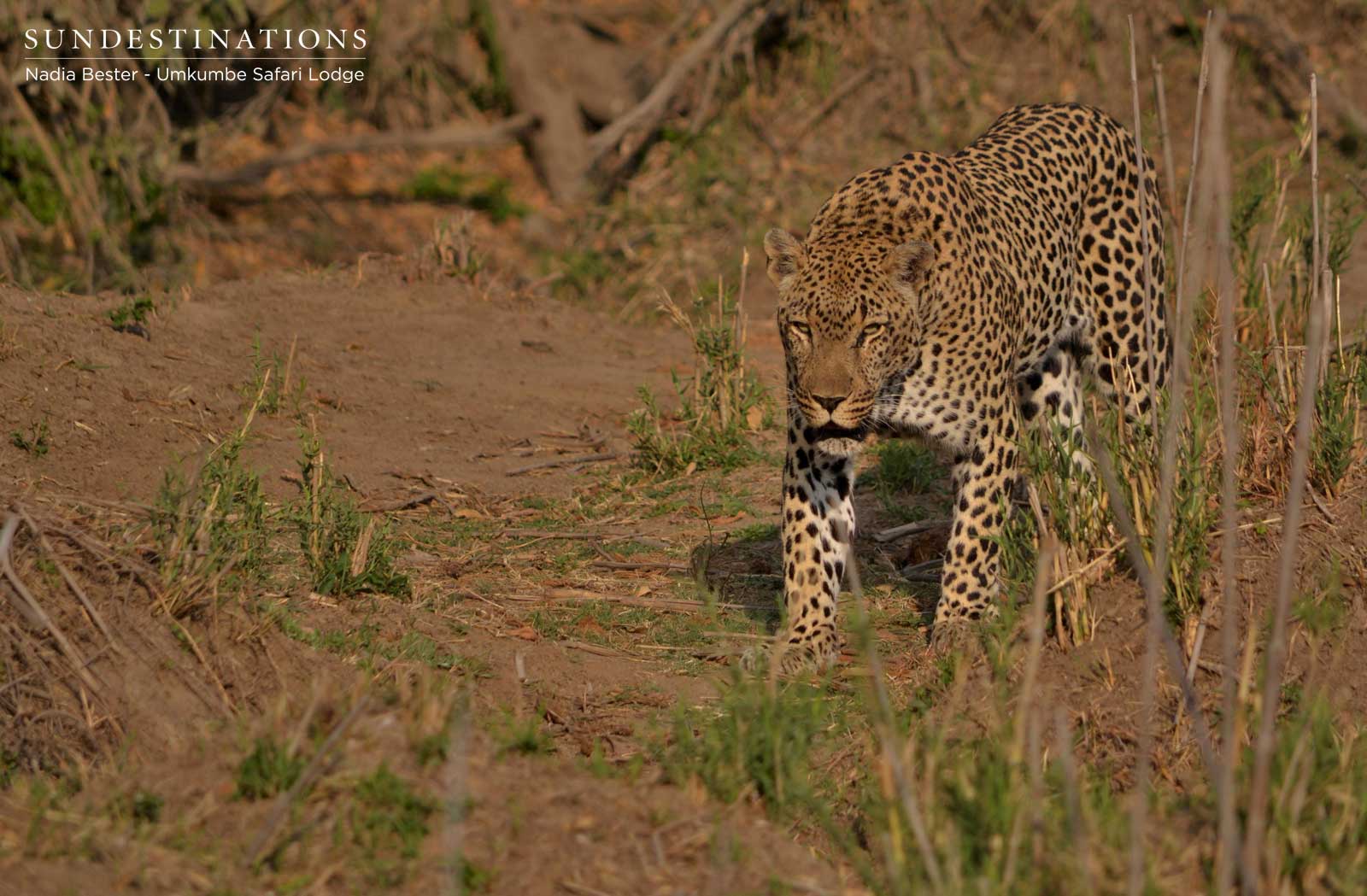
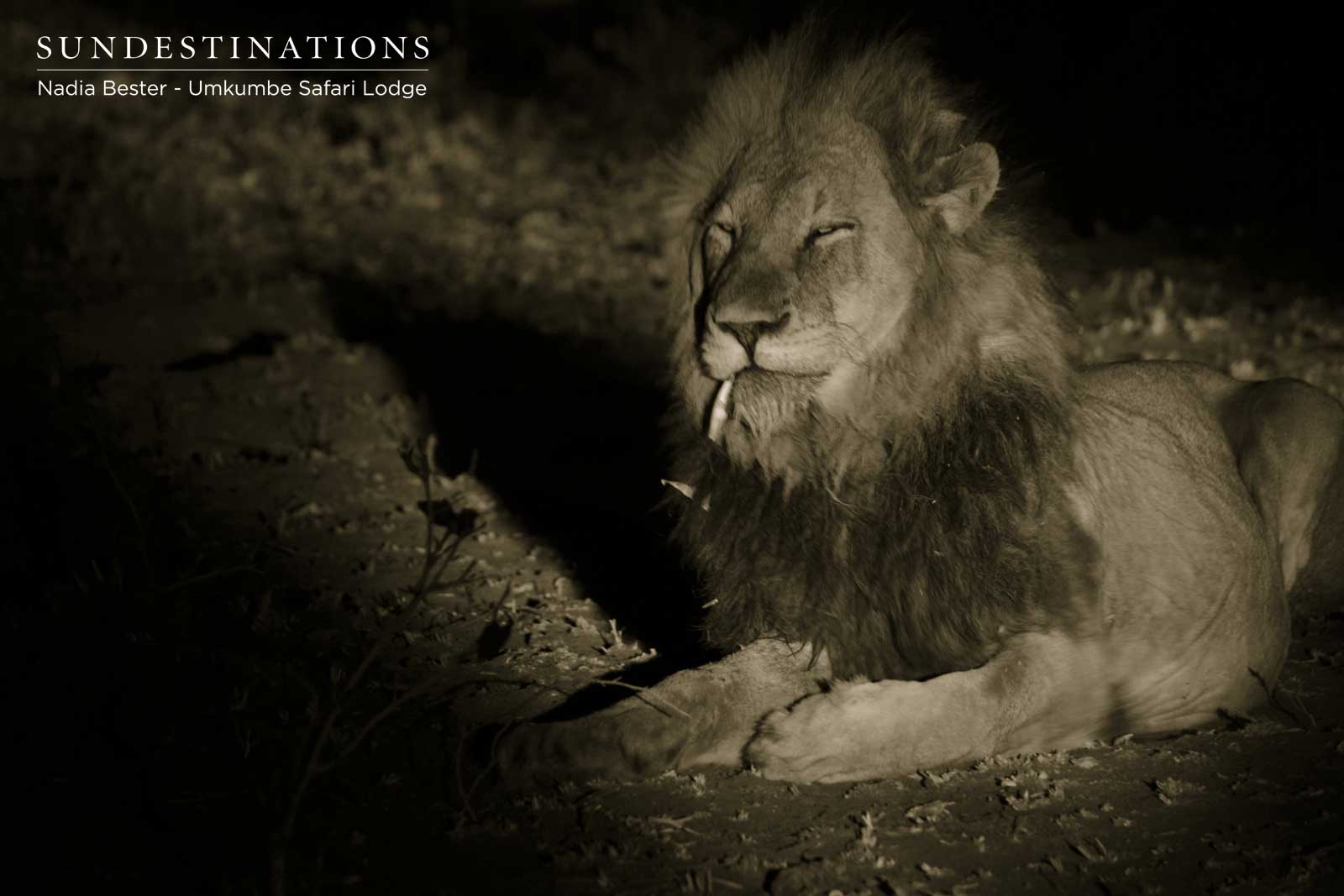
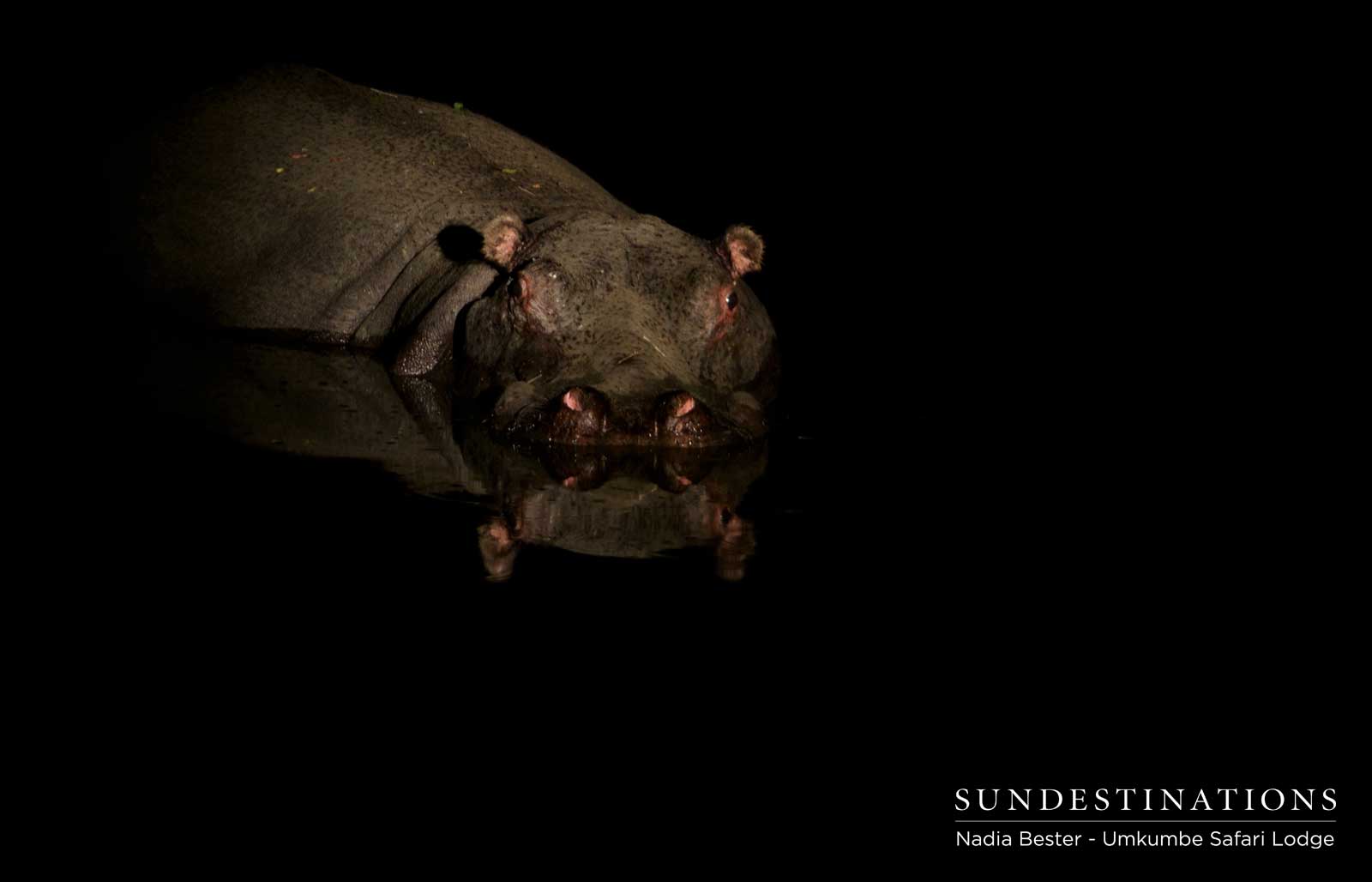
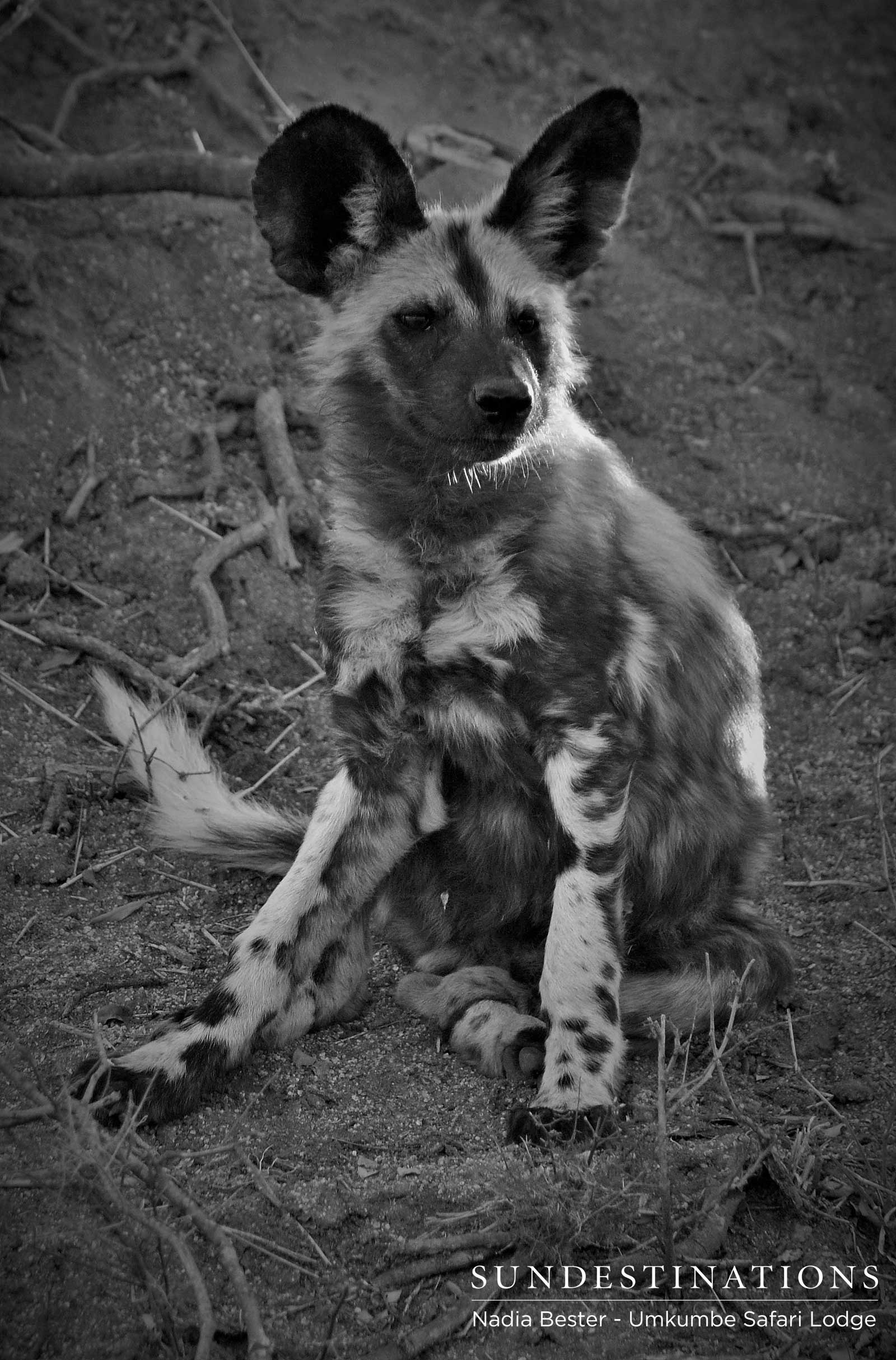
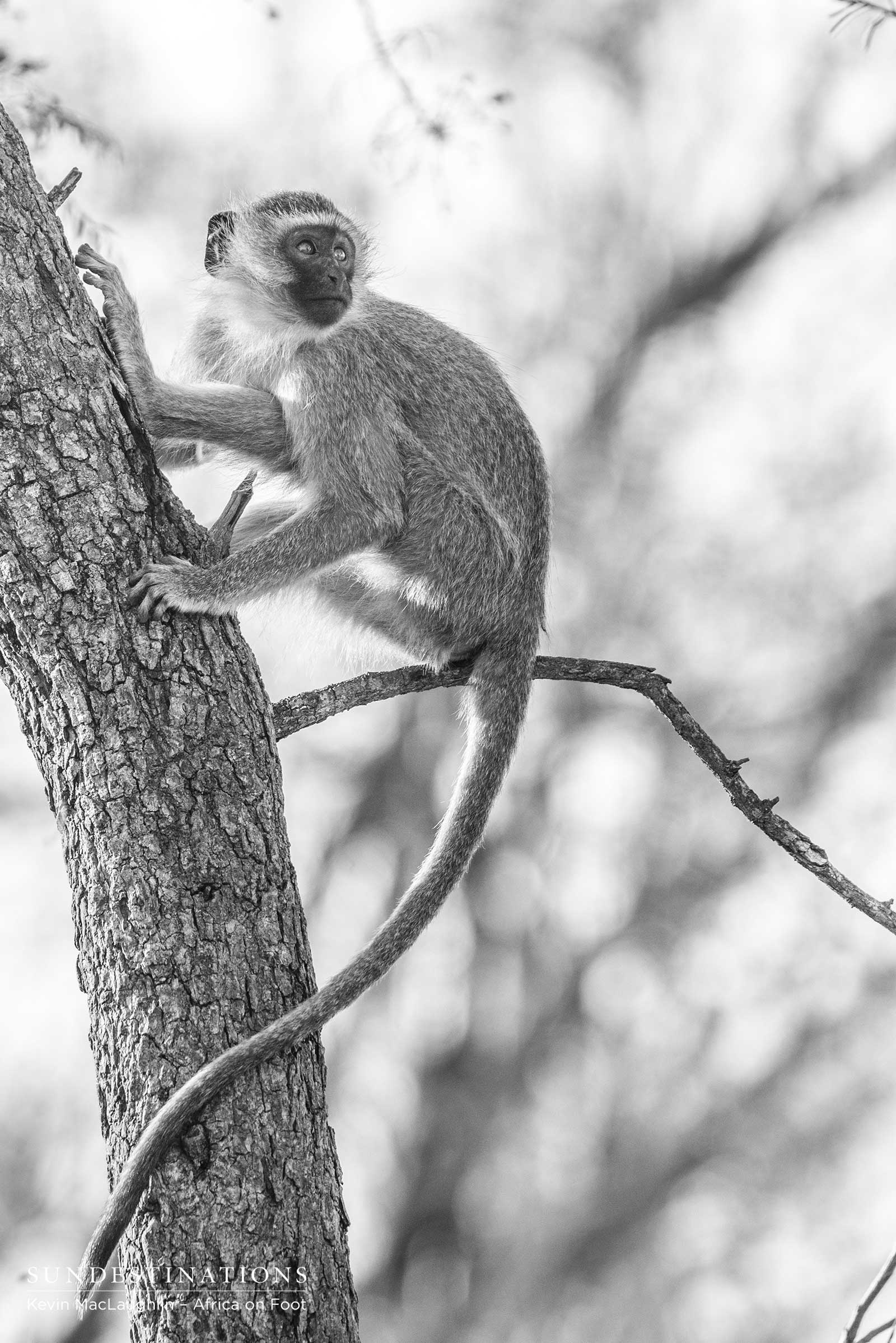
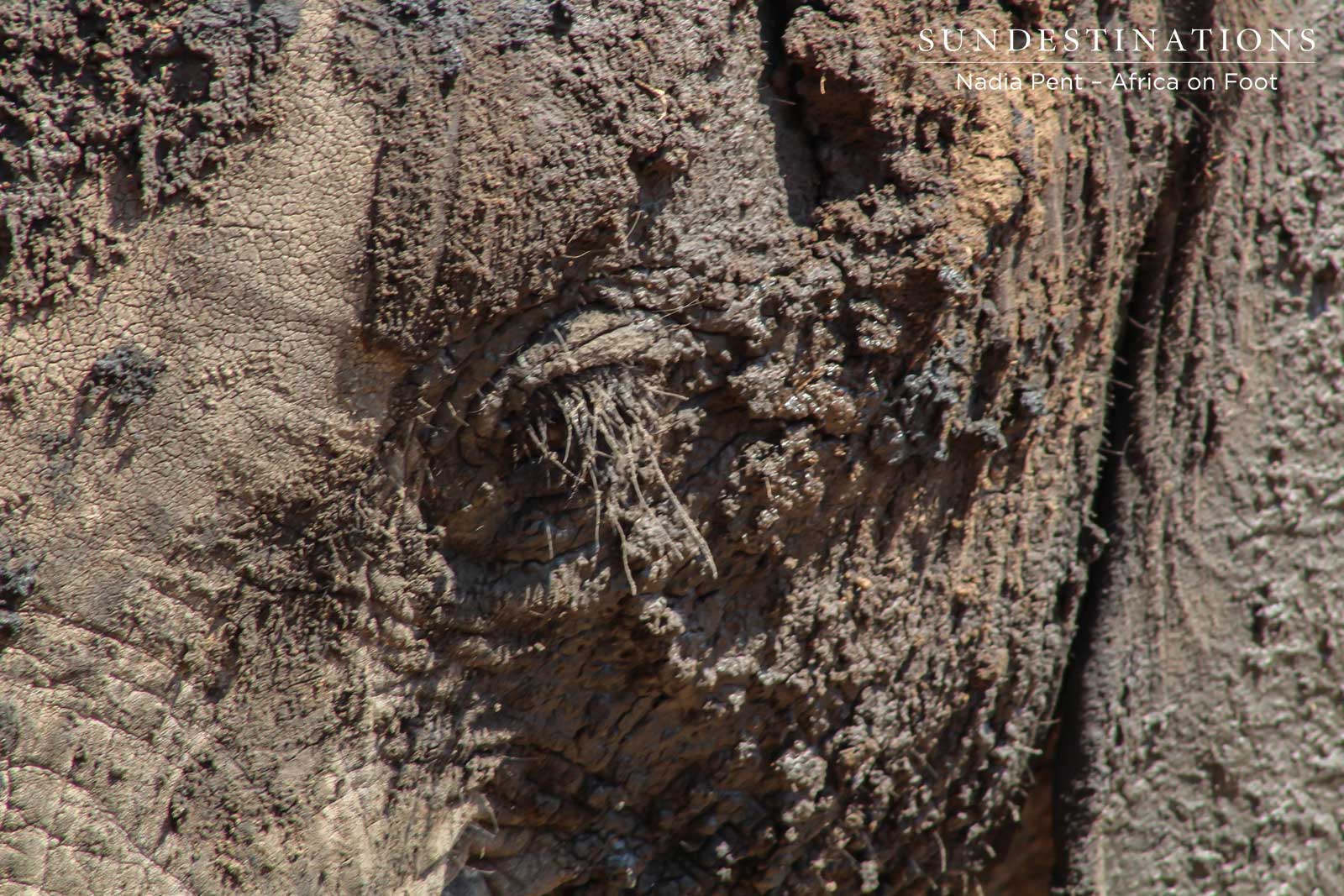
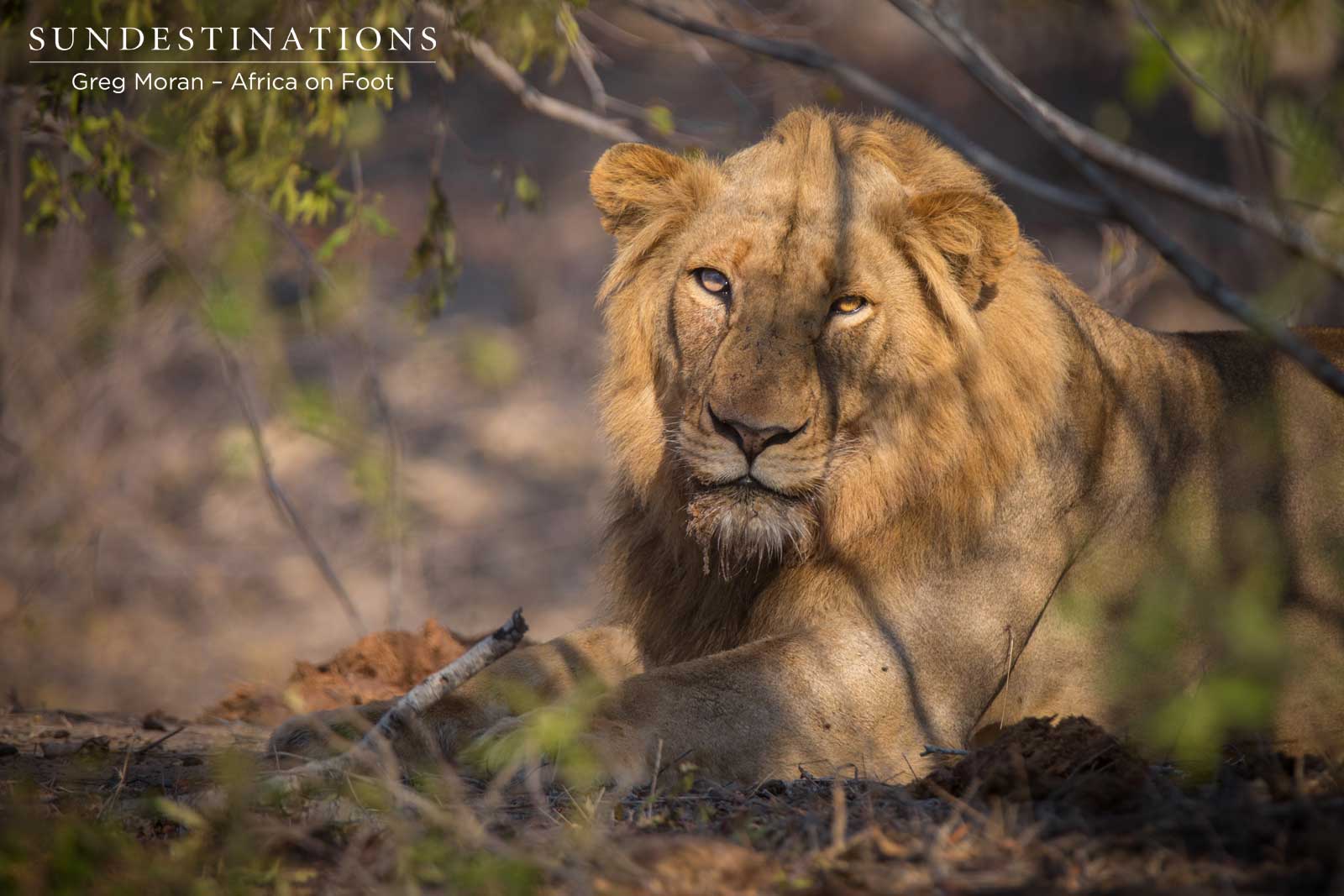
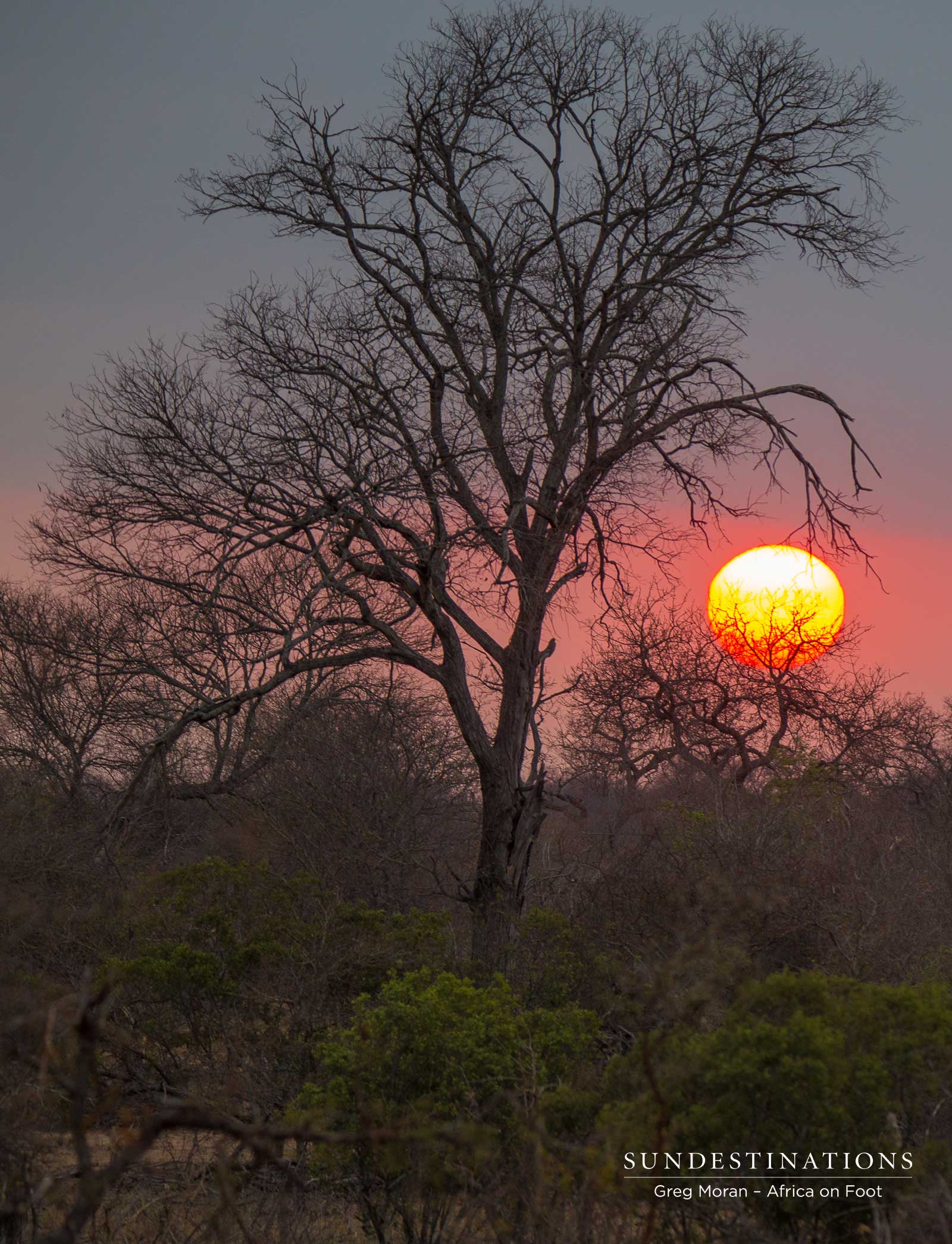
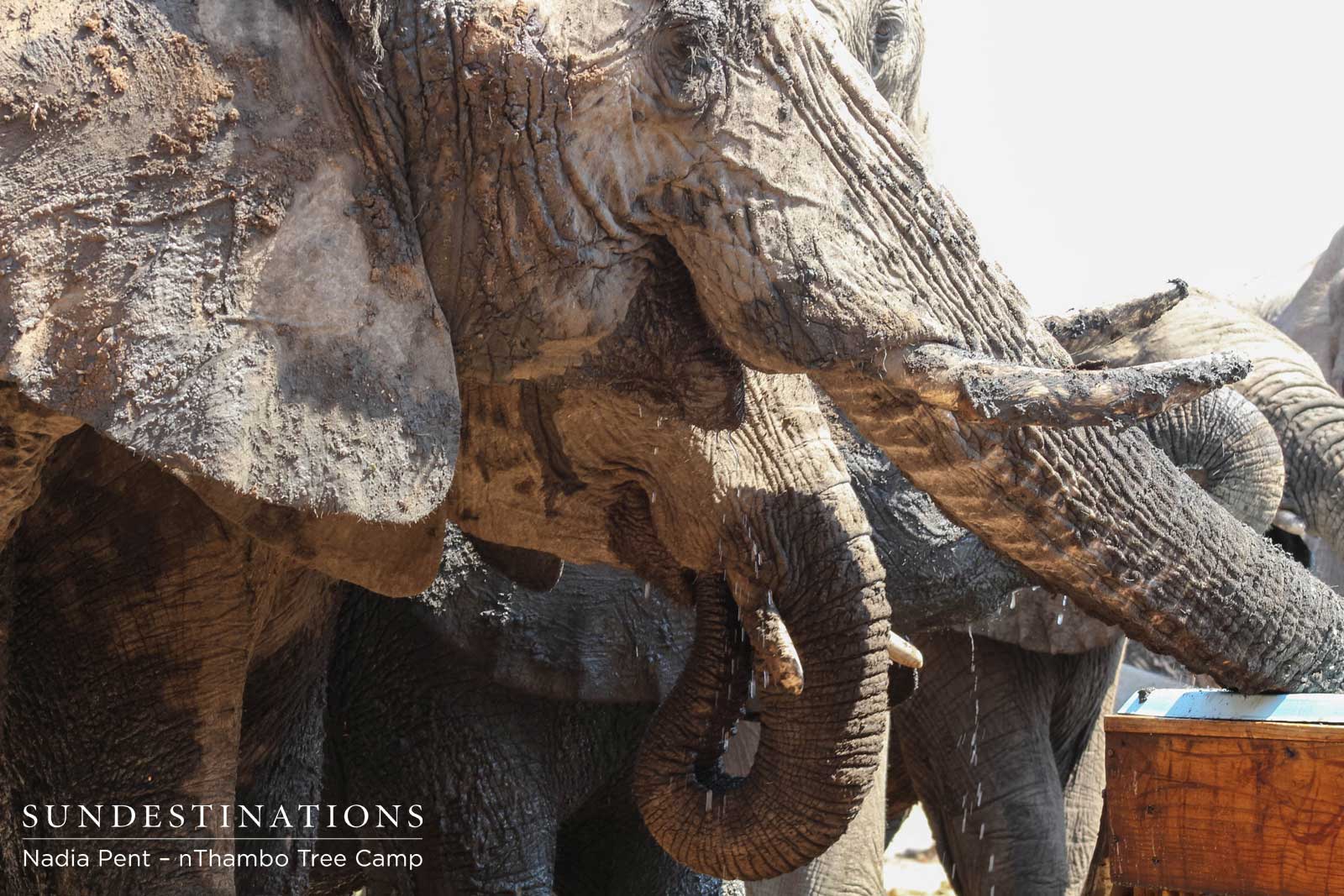
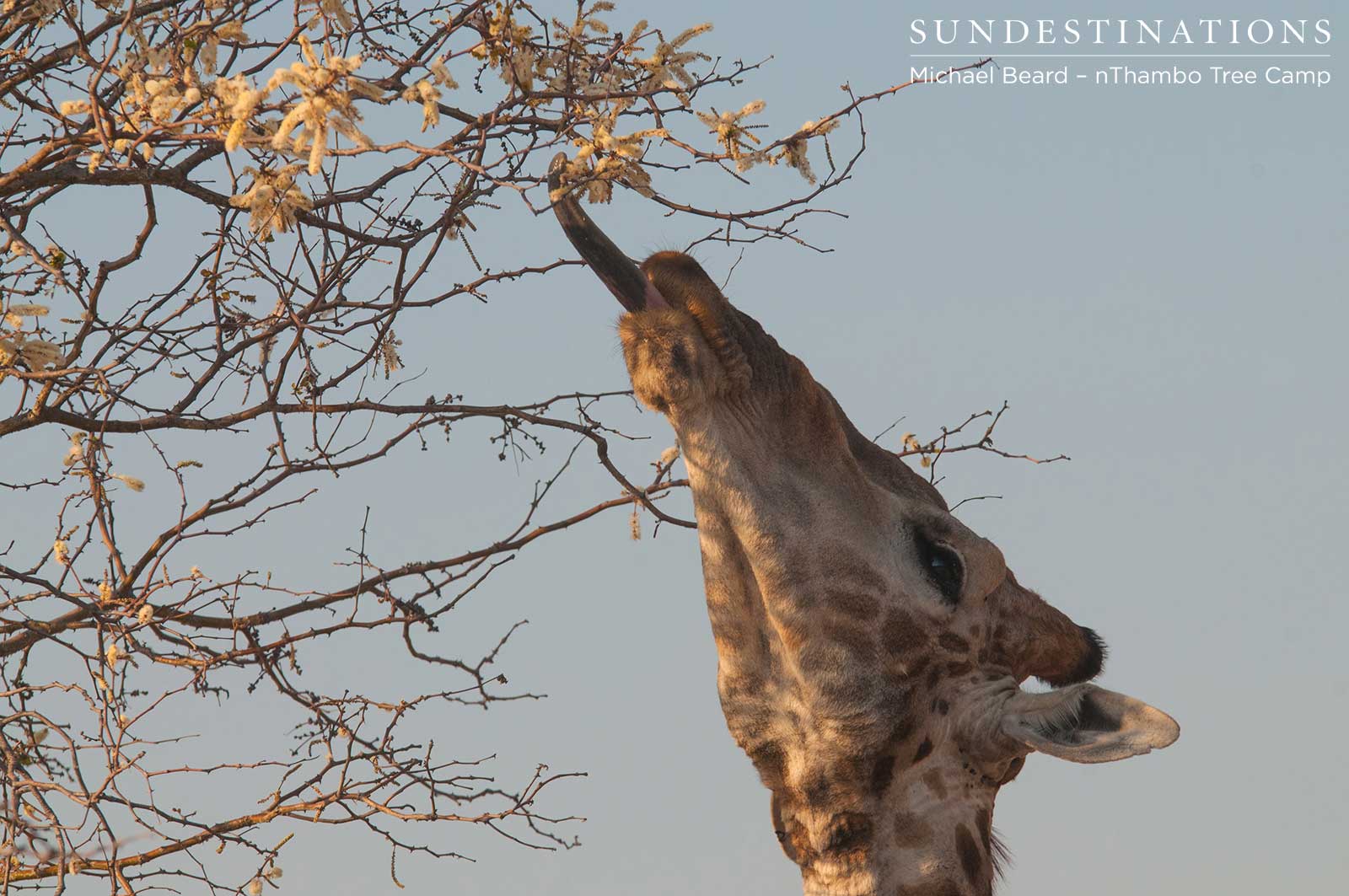
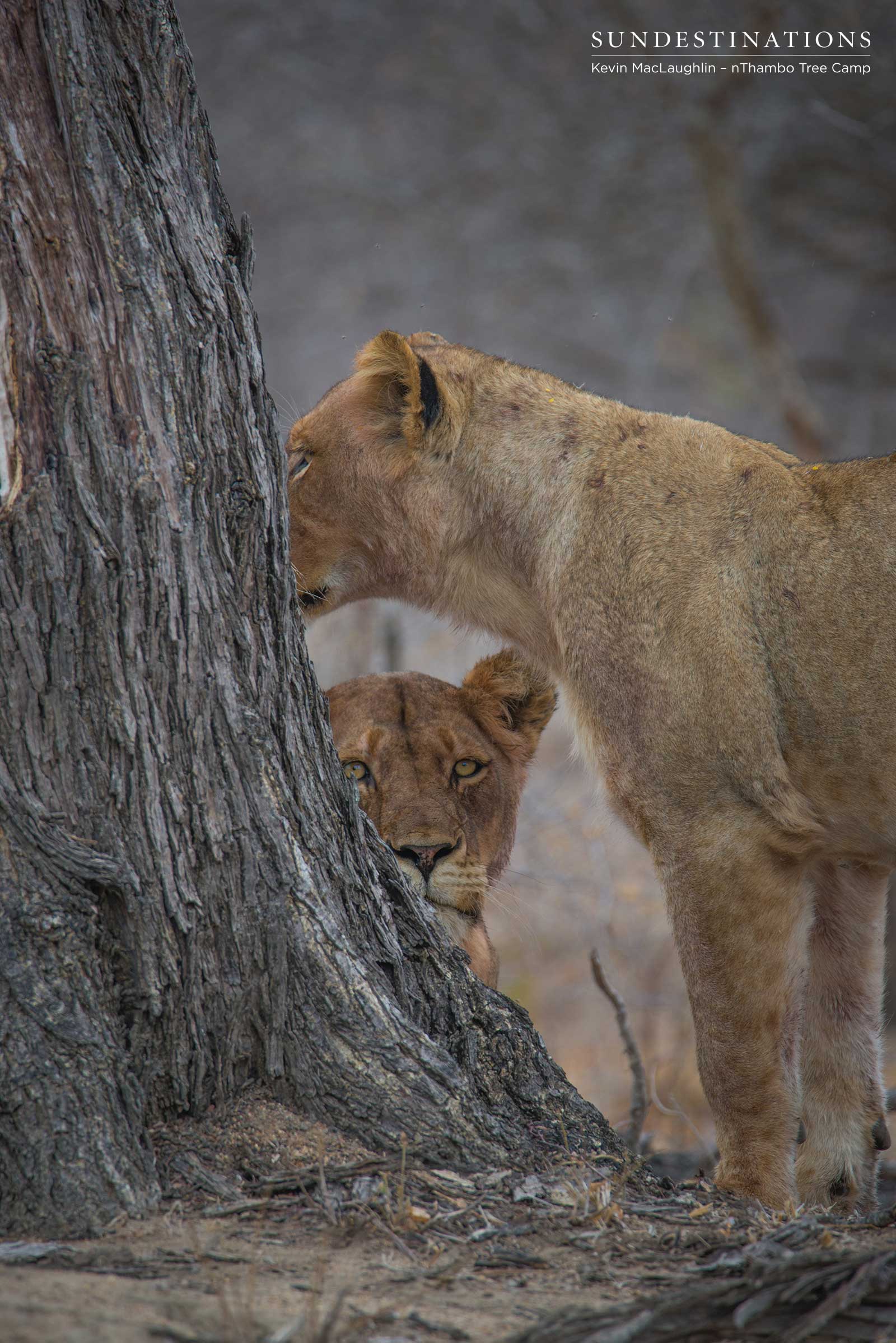
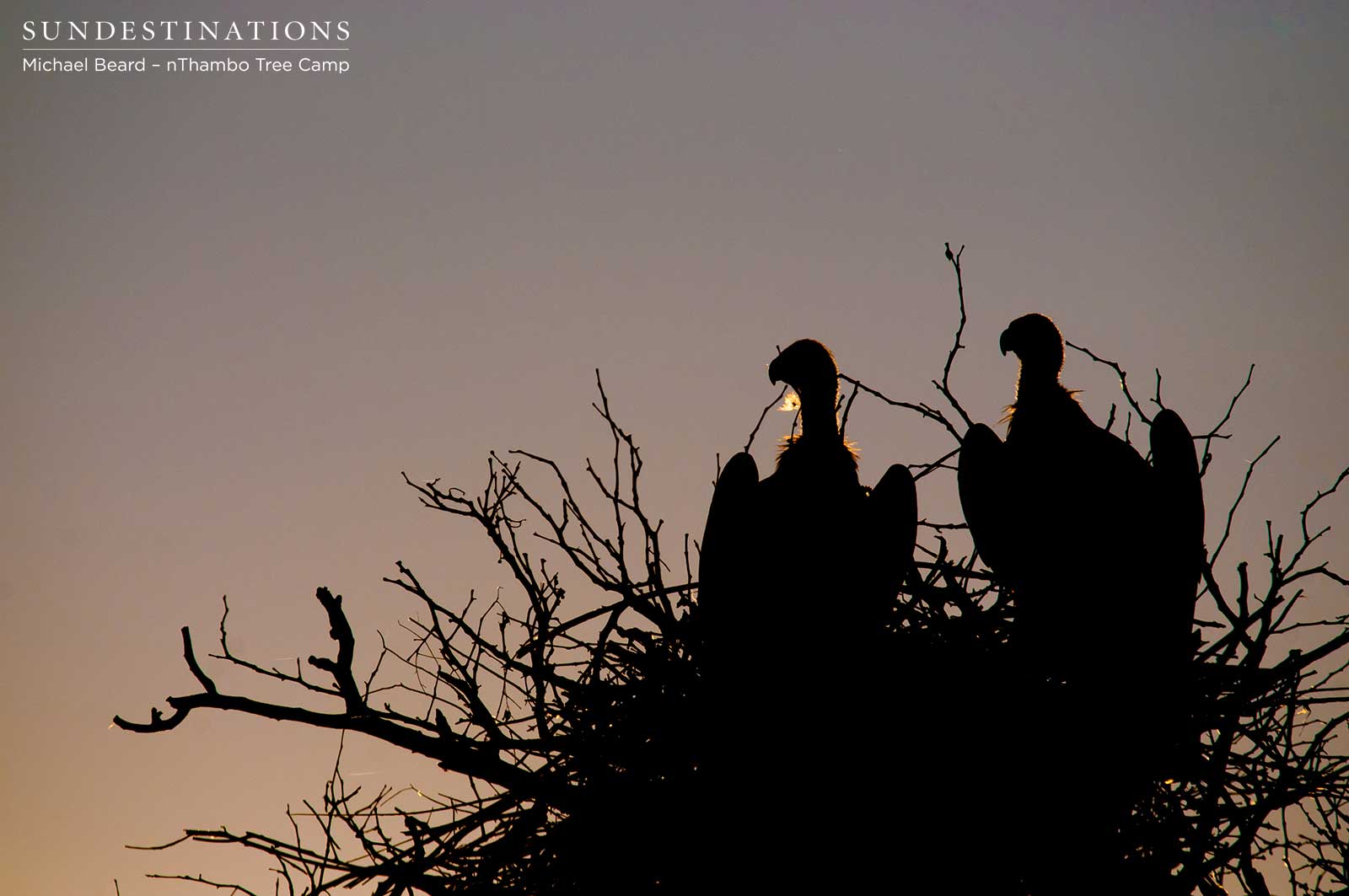
Leave a Comment